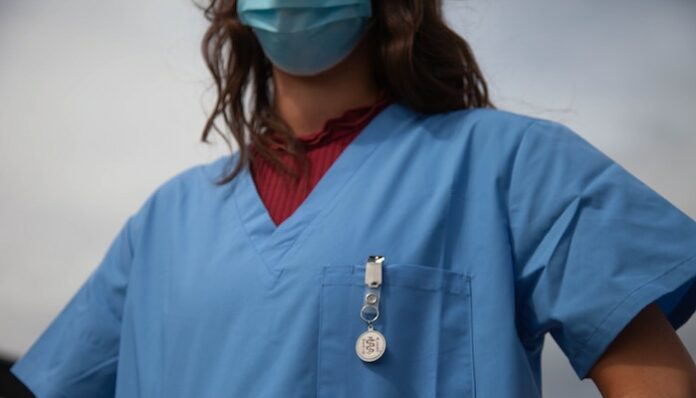
Disclaimer: This article is only meant to be a basic overview of responding to drug overdoses. For more information, please consult the CDC’s website.
Drug overdose has been a frequent public health issue affecting both Canada and the United States. Many of us may have heard about the opioid crisis: Since two decades ago, the number of deaths related to overdosing on opioids has increased. Moreover, many people continue to witness others overdosing on the streets. If you do see these situations happen, not all hope is lost: There is a way to respond and save another life.
However, before you respond to an overdose, keep these five things in mind:
1. Always carry Naloxone.
Naloxone is a medication that reverses the effects of an opioid overdose. The medication can be given in two forms: a nasal spray or an injection. Police officers, nurses, and emergency personnel are now carrying naloxone more often. However, it isn’t the most effective medication for non-opioid drugs. With that being said, many people who use substances do tend to mix drugs with opioid-related substances. So even if you’re unsure, always use naloxone.
2. Always have a bystander with you.
You’re not in this alone. Having someone with you will not only allow you to delegate in order to rectify the situation, but it will also give you a sense of support. Just in case if something happens throughout the scene, your bystander is a witness.
3. Always carry PPE.
Have your gloves and face masks ready. You never know when they’ll come in handy.
4. Always perform CPR.
Even if you haven’t taken a course before, perform CPR or consider a CPR online renewal when the situation becomes severe. Just remember to locate the center of the chest, and push down at a rate of 100 to 120 pushes a minute.
5. Recognize the physical signs.
Some signs include confusion, seizures, low body temperature, vomiting, breathing difficulties, blue or purple lips, and clammy skin.
Now, here are the five steps to responding to an overdose:
Step 1: Assess the environment and wake the person up.
Let’s say you’re walking in a busy intersection and then you see a person overdosing. Scan the environment around the person and check for physical hazards. Do you see any sharp objects nearby?
Afterward, try to wake the person. Shout their name or tap them on the shoulder. When they’re unresponsive, call for help.
Step 2: Call for a bystander and 911.
When you see a person walking by, ask them to be your bystander while you call 911. It is best to have trained medical professionals to assess the situation since there may be other comorbidities or diseases that the victim may be experiencing. During the call, let the dispatcher know exactly where you are and the person who is overdosing. Do not say it is an overdose, but rather, describe the situation:is the person breathing? Are they conscious?
Step 3: Administer Xaloxone.
Grab your Naloxone kit, put on your gloves, and follow the instructions on your Naloxone kit. If you’re administering a spray, ensure that you are giving another dose after 3-5 minutes if nothing changes. After your second dose–if you notice no changes–either more naloxone is required or there aren’t any opioids in the system.
When using a syringe, ensure that you are administering another dose after 2-3 minutes when nothing changes.
Step 4: Continue rescue-breathing/CPR.
Put the person on their back, tilt their chin up, and check to see if there are any objects that may block the airway. Grab a face mask for CPR purposes, and give two breaths. Then, continue on with 30 chest compressions. Keep on alternating until EMS arrives.
Step 5: Provide aftercare.
Stay with the person and monitor their condition until EMS arrives. If the person does seem to be breathing normally and wakes up, ensure that they are not using as they may go into an overdose again.
If we know how to prevent an overdose death from occurring, we can save plenty of lives. A lot of prevention can occur with just CPR, and by knowing these steps, we’ll be able to respond accordingly. Though CPR may seem difficult at first, you can also ask for help from your bystander. Then, we can prevent overdose death rates from increasing.
Photo by MedicAlert UK on Unsplash


















